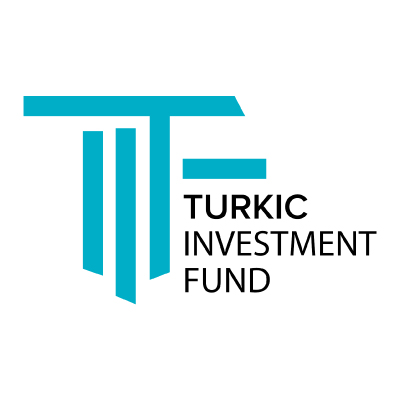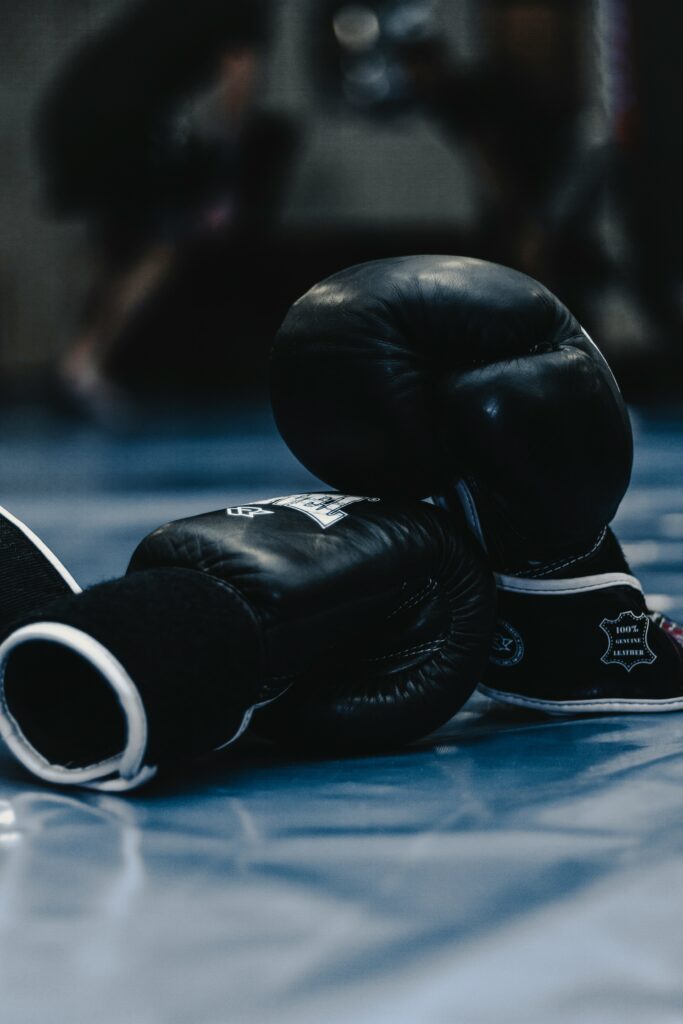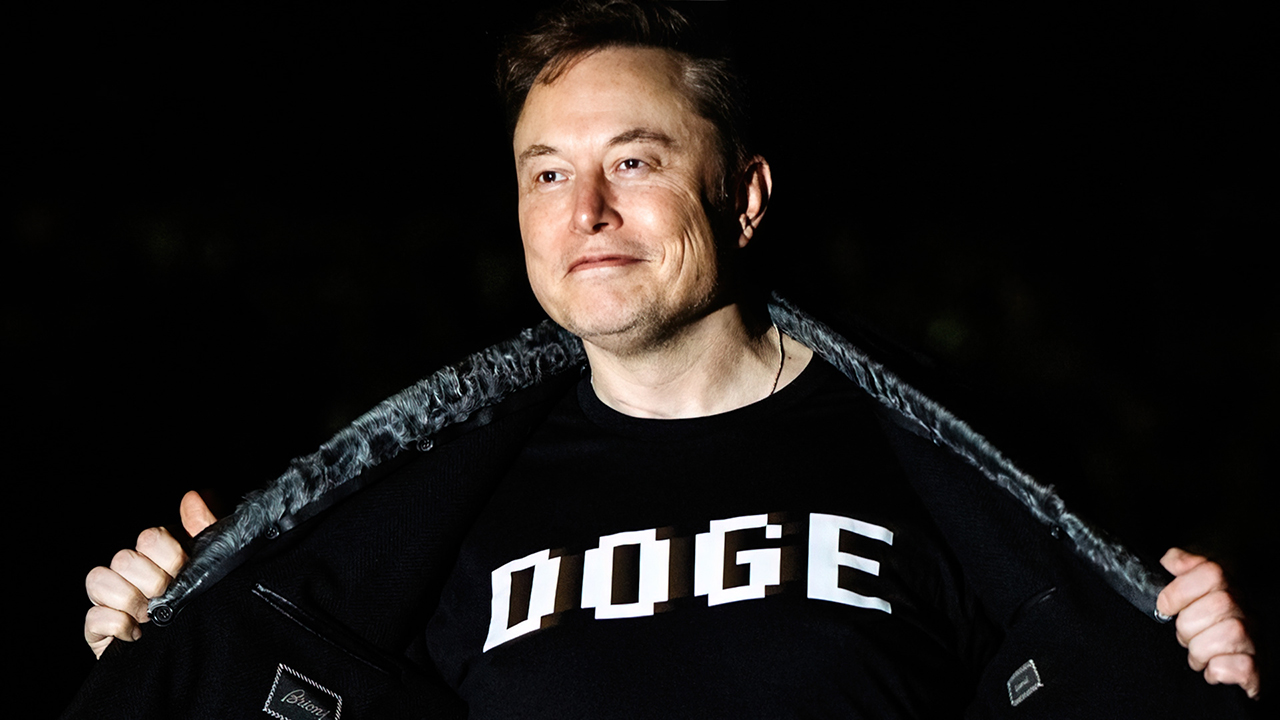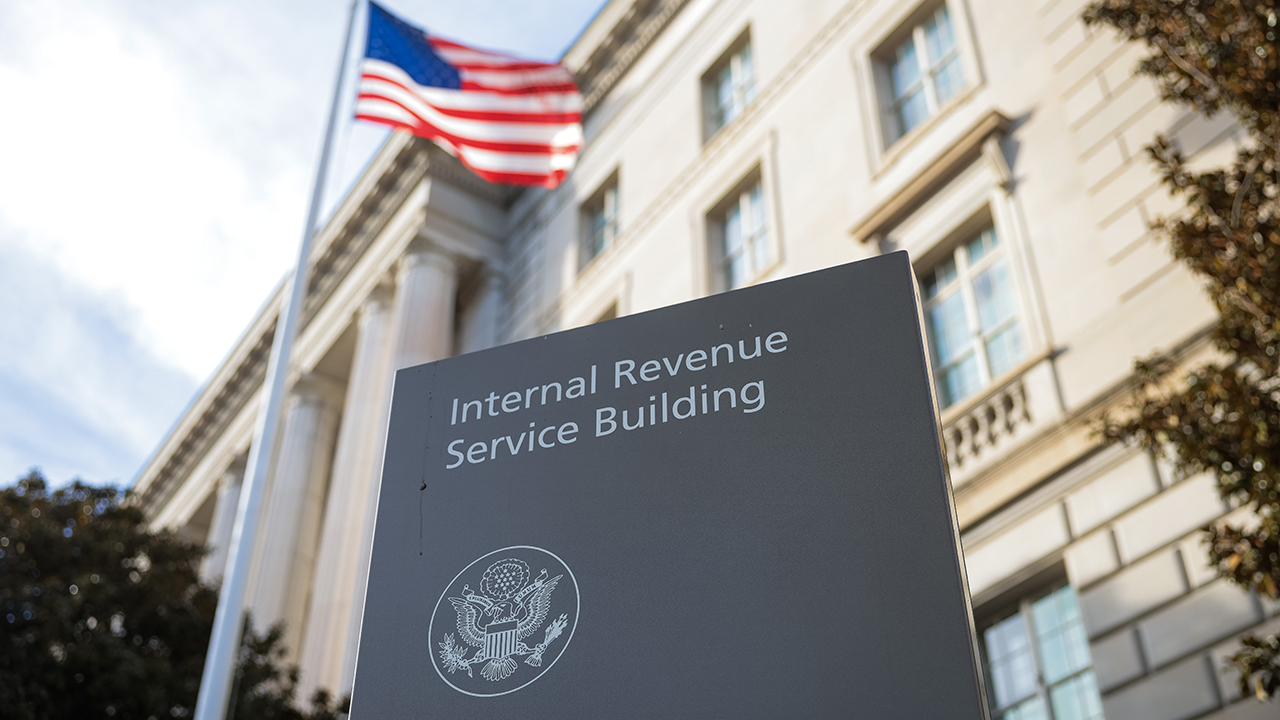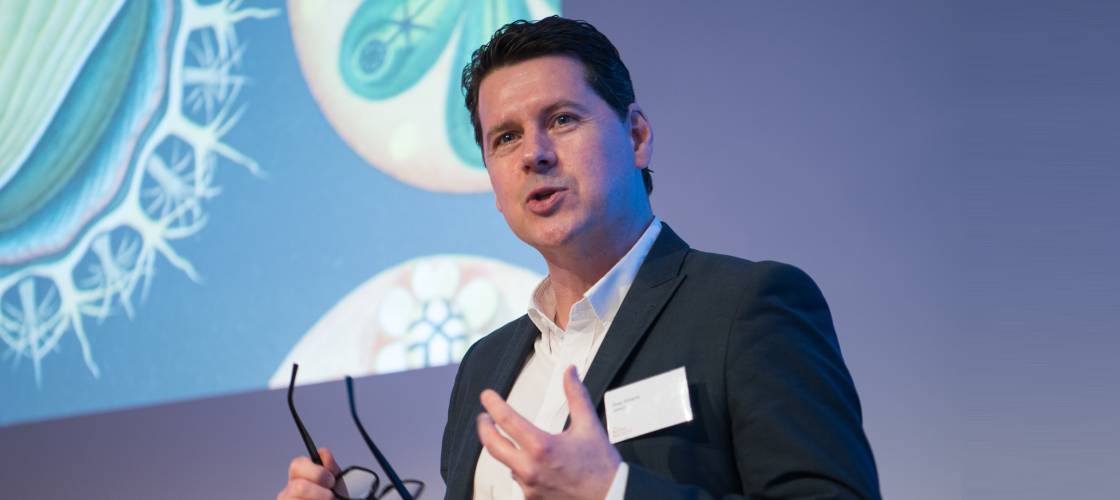Switching off to lead better: Lessons from a CEO’s digital detox

A week after we rolled out a new pricing model, I did something that felt almost irresponsible for a CEO: I switched off. My family and I headed to the Pyrenees; I turned my phone and laptop off, zipped them into a bag, and told the team that if anything truly urgent came up, they could reach me through my wife, who, for nine days, acted as my gatekeeper and PA.
I didn’t do this for a mastermind retreat or to ‘zen’ my way to any big business breakthroughs. I did it for my mental health and my family. The side effect, clearer strategic thinking, was a surprise. I now recommend every business leader try the occasional digital detox. Here’s what I learned along the way, and my tips for making it work:
The case for switching off (especially when you lead)
Digital clutter is a tax on executive cognition. We now have evidence that even the mere presence of a smartphone (just on your desk, let alone in your hand) reduces cognitive capacity and impairs performance. Add constant task-switching and endless, simultaneous work notifications, and you get what researchers call ‘attention residue’: fragments of the previous task lingering in your mind, dragging down performance on the next one.
And the late-night scroll? Disastrous. Evening exposure to light-emitting screens delays the circadian clock and degrades next-morning alertness, exactly when leaders need their best judgment.
But I didn’t need science to tell me that a digital detox was long overdue: I could feel it in my bones. Before heading into my week offline, I was running on empty, exhausted, overwhelmed, and glued to a screen. While my business is understandably my baby, it was my real family who was paying the price for my constant need to be in the loop. I caught myself telling my kids, “Just a second”, when they wanted to play, then scrolling through Slack messages and emails until midnight, even though I knew I should put the phone down and rest. My brain felt like a browser with 200 tabs open and no way to shut them down.
The moment I cut the cord, the payoff was almost immediate.
What I felt first: presence, sleep, and space
Instead of the anxiety I’d braced for, fearing I’d miss something critical or the business would derail, the first thing I felt was an instant, grounding reconnection with my children.
During my digital detox, when my kids asked me to come look at something, my default answer was yes. Not “in a second” or “once I’ve finished this email”. Just “yes”. It sounds like a small shift, but it was huge. Those ‘yes’ moments were worth more than any late-night Slack message I’ve ever sent.
The second change was sleep. Without a glowing rectangle pulling me past midnight, I slept more deeply and woke up less brittle. There’s science behind that, but you don’t need a study to feel the difference. It made me wonder how many bad decisions founders and CEOs have made on too little sleep.
By day three, the twitchiness was gone. Silence, which at first felt uncomfortable, started to expand into something useful. I wasn’t reacting anymore. I noticed how much of what I’d called ‘thinking’ was really just reacting, scrolling, checking, responding. Real strategy only showed up when I sat with the discomfort long enough for it to turn into clarity. For the first time in months, I had time to stay with a thought instead of simply documenting it and moving on.
The unintended business upside
On a long, phone-free run through the mountains, my mind drifted again and again to our new pricing strategy. Normally, I’d jot a note and keep moving, but this time I let the thought deepen. By the time I got back, it had sharpened into something we ultimately brought to life. It was the clearest thought I’d had in weeks, and it came with mud on my shoes. Detachment from work, it turns out, is not dereliction. Psychological detachment can significantly enhance both well-being and performance.
Nature helped too. Evidence suggests there’s a real threshold (about 120 minutes a week) where time in nature correlates with better health and well-being. I overshot that in the Pyrenees, and I felt the cognitive reset.
What I discovered when I came back
I expected to return to a disaster. Instead, the team had handled everything that mattered in my absence. A few issues had already resolved themselves. Others were documented, decided, and moved on. It reminded me that ‘urgent’ often just means ‘close to me’.
The hardest part of being offline wasn’t missing Slack. It was not knowing how our new pricing was landing, proof that sometimes a CEO’s compulsion to refresh dashboards says more about the CEO’s anxiety than the business’s needs.
I also realised something I’d never admitted to myself: being always on isn’t leadership, it’s insecurity. Before this detox, I often justified instant availability as part of being a good founder. But the company didn’t collapse without me; in fact, people stepped up. What I had thought was leadership was often just a need to feel indispensable.
And perhaps most importantly, I saw that boundaries aren’t selfish; they’re fair. An always-on culture rewards those without caregiving responsibilities or those who happen to live in the ‘right’ time zones. That’s not a level playing field. At TestGorilla, our mission is to democratise opportunity, and that has to include building a culture where your impact is measured by the quality of your work, not the speed of your replies.
Why this matters in an AI-everywhere world
AI-powered tools help companies source and evaluate talent. But we talk about human-first design for a reason: technology should amplify our unique insights and help us make better decisions, not make them for us.
I’ve argued publicly that the future of hiring is a blend of responsible AI combined with structured, human judgment. Taking time offline is what protects that judgment.
Investors themselves are starting to see the link between founder well-being and business outcomes. One of ours even sponsors mental-health retreats for founders through programmes like WellFounded, proof that ‘recharged’ is a business strategy, not a luxury.
A simple playbook if you want to try this
This wasn’t a monastic cleanse. It was a practical reset built for a real person and a real company. Here’s what worked, and what I’m keeping.
- Appoint a gatekeeper and set the priorities: Before you leave, write down which work items really need to be escalated and which can wait. Make sure everyone is clear on who owns what, and empower your team to move forward on priorities while you’re gone. This creates clarity and, crucially, confidence.
- Go phone-in-a-bag, not phone-in-a-pocket: Out of sight matters. The cognitive drag of a nearby device is real, even when you’re not using it.
- Schedule analogue thinking, not just analogue rest: Block a long walk or run without your phone. Let a single business question ride with you. If something crystallises, capture it after; I left a five-minute voice note when I got back to our hotel. Detachment first, documentation later.
- Protect your nights: If you do only one thing, no screens in bed. Your sleep and your next-day judgment will thank you.
- Touch grass, literally: Plan for at least two hours a week in nature. Don’t overthink the split; the research suggests that several short visits or one long hike both work.
- Try a micro-detox before a full one: A week-long break from social media alone can measurably improve well-being and reduce anxiety and depression. Start there if a full blackout feels impossible. Personally, I’m committing to taking one day a week fully offline going forward.
- Model boundaries as leadership, not availability as virtue: If you’re always on, your team will be too. Leaders who detach create permission for everyone else to do focused work and real recovery.
The headline lesson
I didn’t go offline to hunt for breakthroughs. I went to be present with my family and to recharge. The strategic clarity that followed was a bonus. Availability is not the same as impact. In my absence, the business didn’t just cope; in some ways, it got stronger. That didn’t make me feel less useful. It made me feel proud. That’s what resilience looks like: a company that performs without constant founder intervention, and a founder who returns with judgment intact.
If you’re a CEO or founder, consider this your nudge. Pick your week. Publish the escalation rules. Hand your phone to a gatekeeper. Then step away and let your brain and your company breathe.
The post Switching off to lead better: Lessons from a CEO’s digital detox appeared first on EU-Startups.


